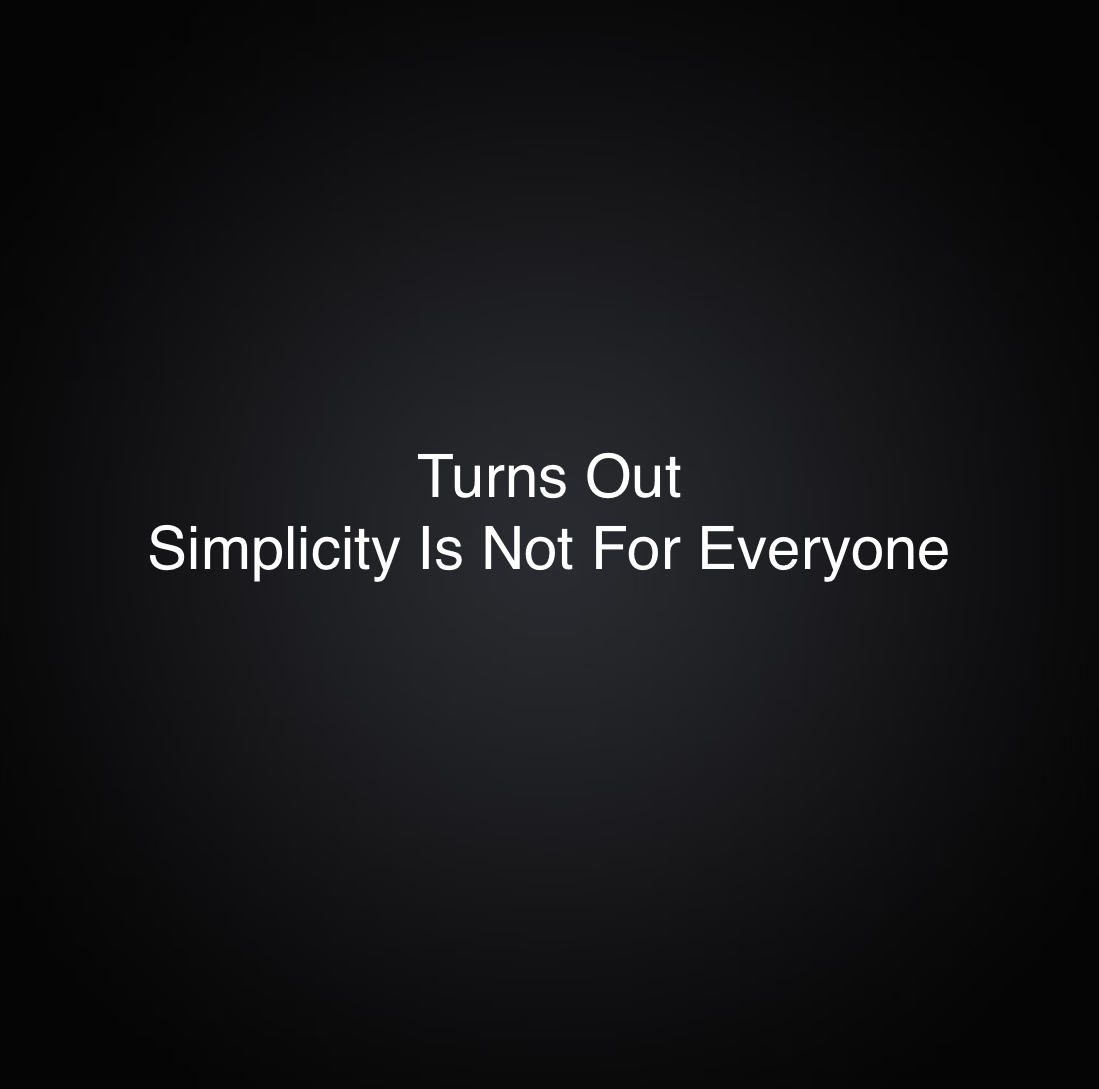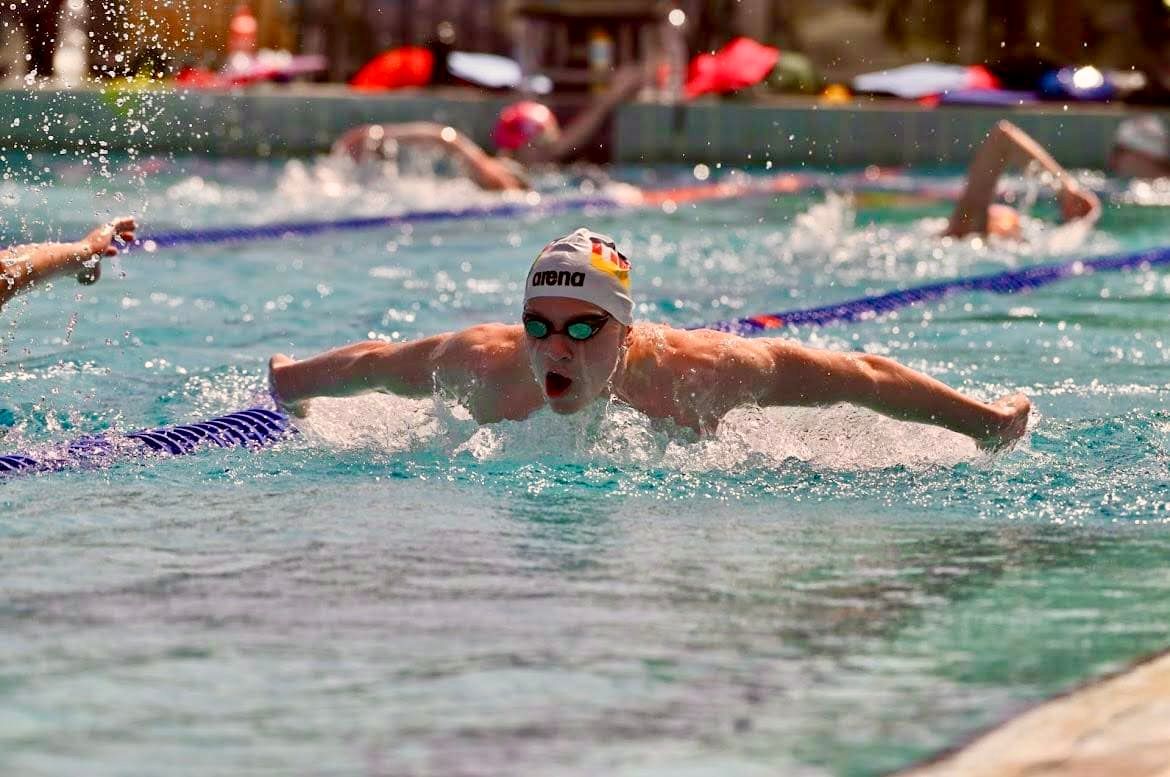The Rapid 3-Phase Cycle
How I Built an Olympic-Caliber Swimmer’s Best Season Using a Rapid 3-Phase Cycle
Coaching is never just about swimming harder or faster — it’s about understanding who you’re coaching and crafting a plan that fits their body, mind, and personality.
One of my swimmers was a 195 cm tall, hugely talented young man with massive wingspan — but also a bit lazy and emotionally soft, more the 'mama’s boy' type, a good person, but easily discouraged. Other coaches at the Olympic center were mobbing him because of his huge talent but inconsistent work ethic, which crushed his motivation further. They even wanted to kick him out.
That’s when I stepped in. I told him: “Now or never. Six weeks. I will build you up — but you do everything I say, no excuses.”
He agreed. And we started.
The Challenge
He needed to swim four very different events in one championship:
- 100 m Freestyle
- 400 m Freestyle
- 1500 m Freestyle
- 50 m Backstroke
This is the ultimate catch-22: 1500 m requires a huge aerobic engine and rhythm; the 50 m back demands maximum explosiveness and speed.
We had to develop a plan that would prepare him for both extremes — with a mindset tailored to a talented but lazy athlete.
The Training Framework: A 6-Week Rapid 3-Phase Cycle
I built a weekly rhythm that repeated every week, but with progressive changes every two weeks.
The rhythm:
Monday: Endurance flow
Tuesday: Threshold “flow 2.0” pace
Wednesday: Sprint & speed
We only had six water sessions per week, unlike most high-level programs doing 10 or more. That’s why I always say: “Use your toolbox. Pull out only the best tools and build the best plan around the athlete.”
Monday: Endurance Flow
Every Monday was about smooth aerobic endurance, no stress, no chasing times. Just big, rhythmic swimming.
6-week block progression:
- Weeks 1–2: 2×3000 m, smooth endurance
Example session: 3000 m + fins, 100 m free last 25 m no breath, 100 m back kick, 200 m IM with 25 changes, 2×50 m fly @50”
- Weeks 3–4: 4×1000 m or 2×2000 m, smooth endurance
- Weeks 5–6: 2×1500 m or 3×500 m, flow 1.0 pace
Purpose: build a huge aerobic foundation while keeping technique sharp.
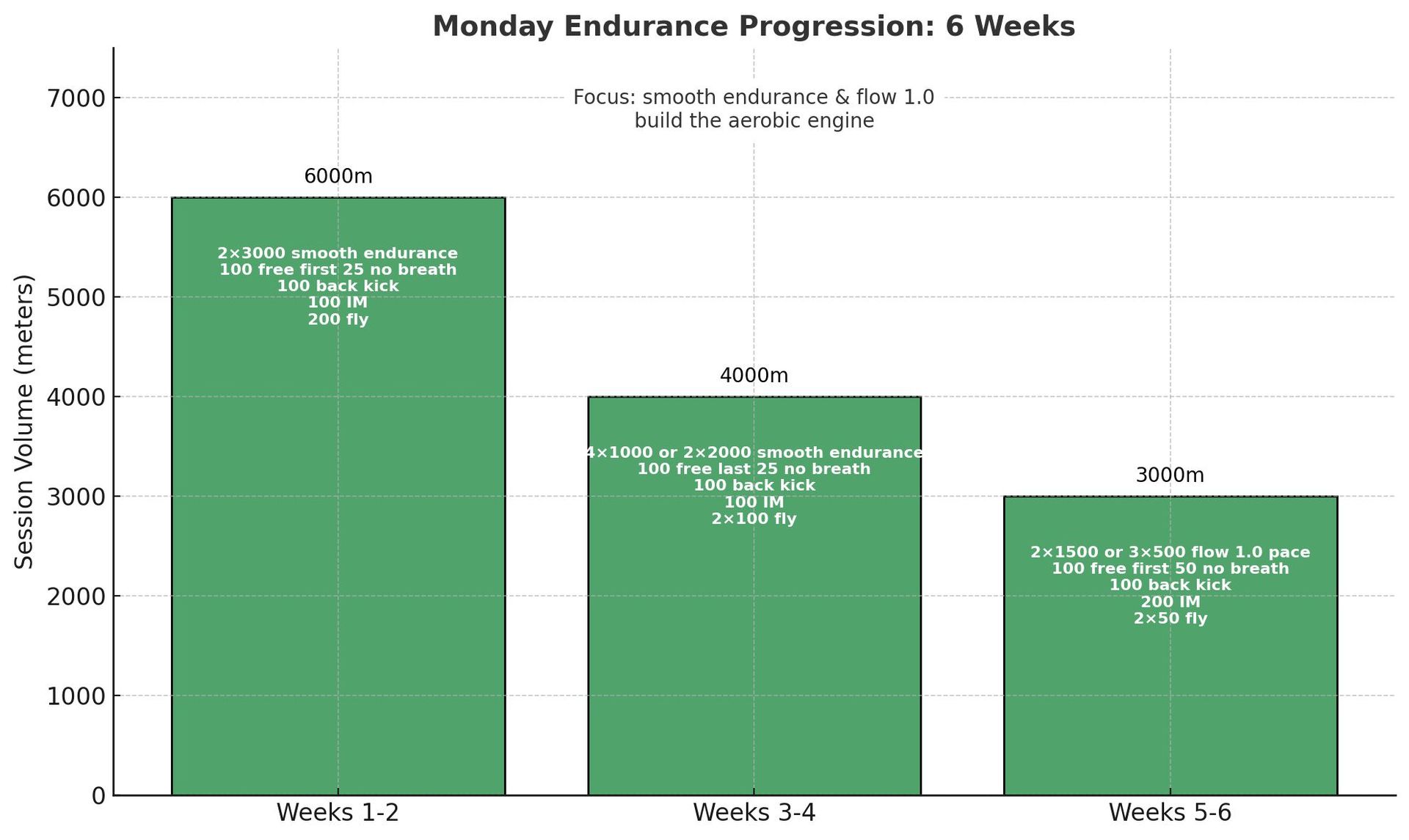
Tuesday: Threshold Flow 2.0
Tuesday was all about threshold. We designed a non-negotiable pace zone:
1:02.5–1:04.5 per 100 m on 1:30 intervals for the first block.
6-week block progression:
- Weeks 1–2:
15×100 @ 1:30, pace 1:04.5
5×100 @ 2:00, pace 1:02.5
- Weeks 3–4:
10×100 @ 1:45, pace 1:02.5
5×100 @ 2:00, pace 1:00.5
- Weeks 5–6:
10–6×100 @ 2:00, pace 59.5
5×100 @ 2:00, pace 55–56
Key principles:
- repeatable pace
- no time chasing
- flow 2.0 feel
- controlled HR around 160 bpm
- stroke count ~33–36
Final marker: finished the last 100 m of week 6 at 55.6 seconds, with no panic — just flow.
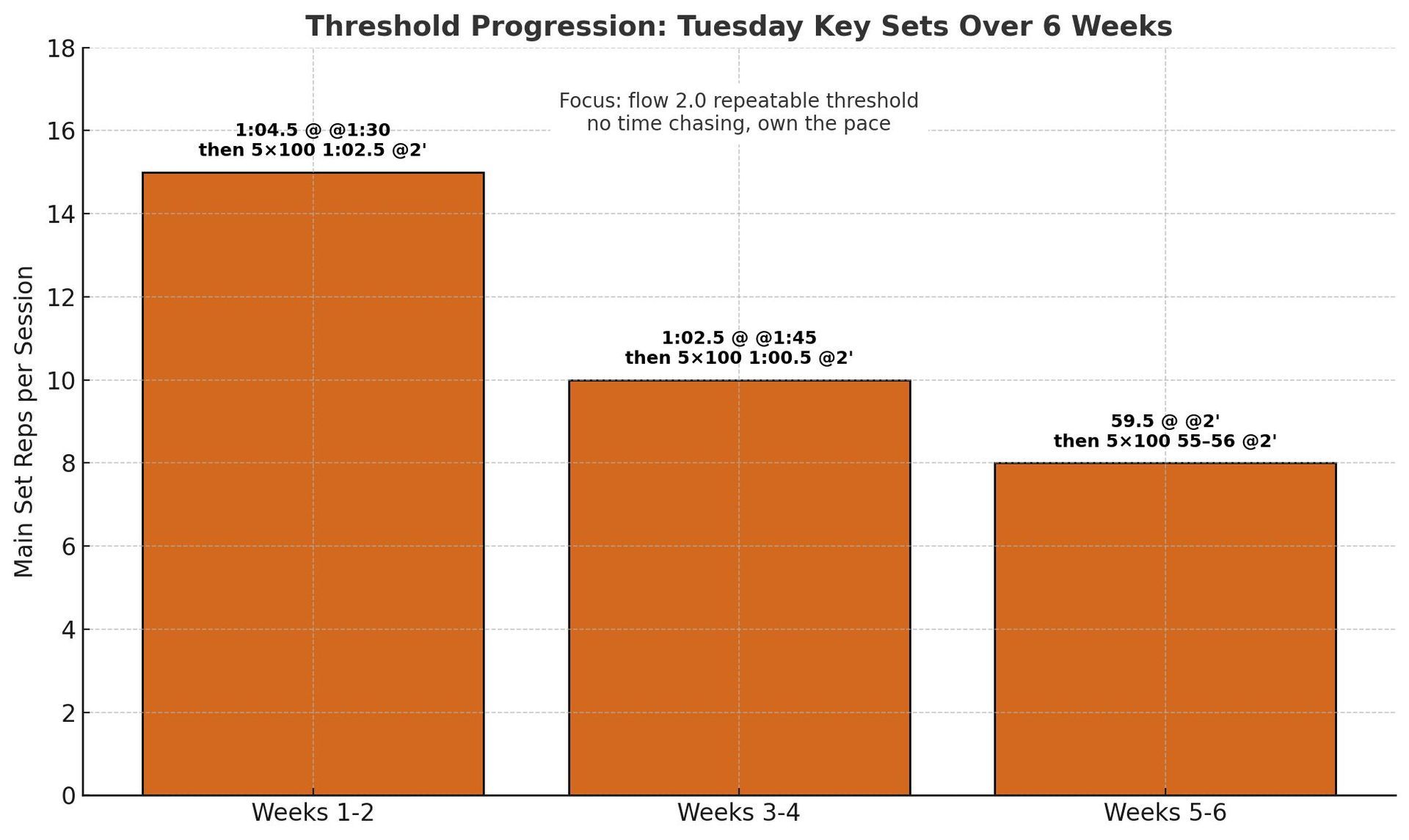
Wednesday: Sprint & Speed
Wednesday targeted his weakest link: maximum speed and dive control for the 50 m back.
Every session used this same 4×50 structure:
- 18 m dive, underwater, breakout
- 25 m focus on smooth 100 m pace
- 50 m easy active recovery
- 50 m at race pace for 50 m back, but at 90% of absolute effort
Volume progression:
- Weeks 1–2: 8–6×(4×50) on 1:30–1:45
- Weeks 3–4: 6–4×(4×50) on 1:45–2:00
- Weeks 5–6: 3–1×(4×50) on 2:00–2:30
Purpose: build maximum speed tolerance off a 100 m rhythm, with technical quality, not chaos.
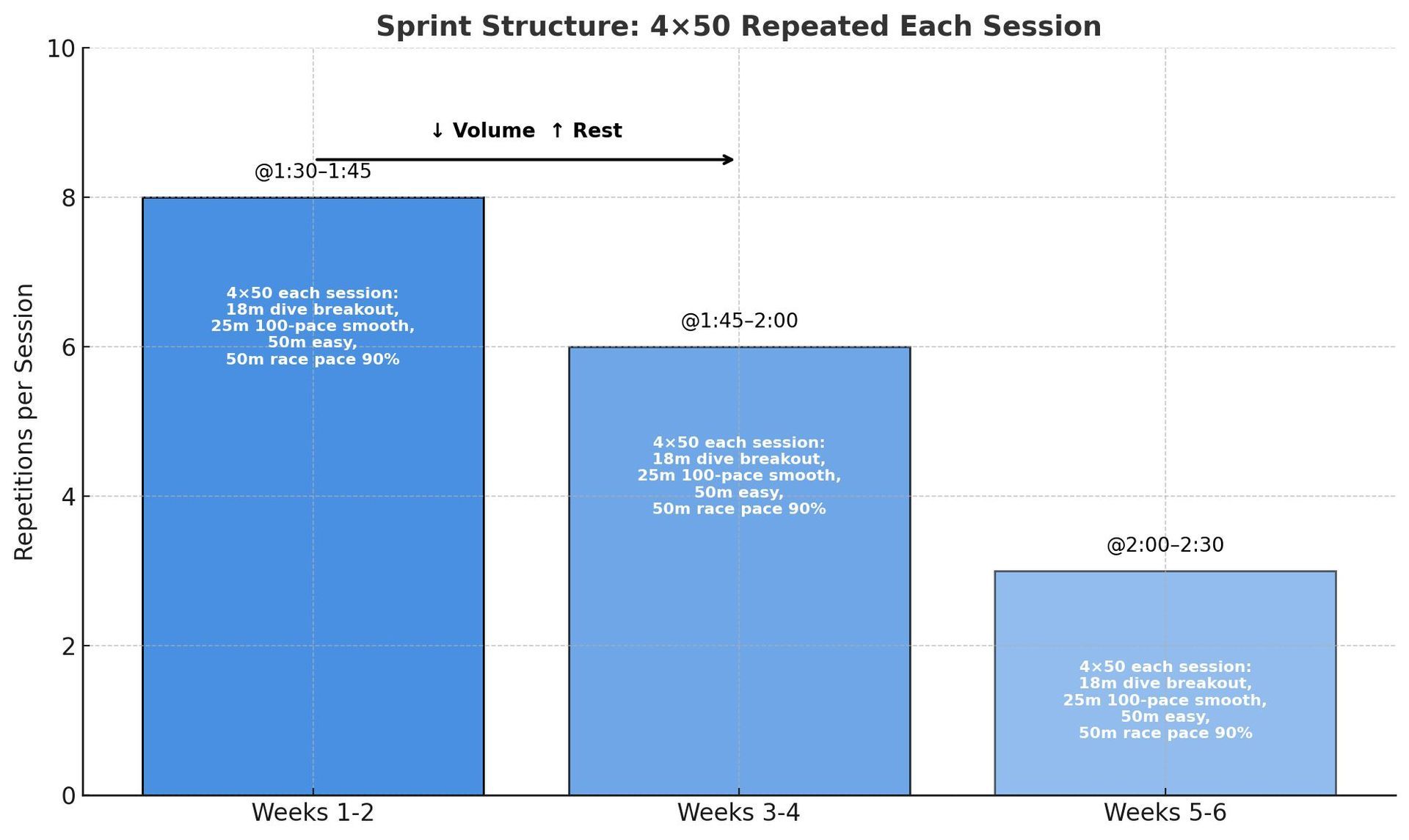
Why This Strategy Worked
This rapid weekly 3-phase cycle was the best for him because:
- it maintained fresh motivation (no burnout)
- it balanced all energy systems
- it kept his technique clean and repeatable
- it respected his mental profile (lazy but talented)
- it let him feel in control and confident
Most coaches would have run 10+ sessions per week with random sets. That would have burned him out. Instead, this plan was simple, clear, and targeted.
The Results
He achieved his best-ever performances:
- 100 m free: –1.7 s
- 400 m free: –13.2 s
- 1500 m free: –8 s
- 50 m back: –0.8 s (despite a DQ)
He won medals in multiple events, kept his spot at the Olympic center, and continued swimming with renewed belief.
Final Reflection
He didn’t need a miracle. He needed rhythm.
He didn’t need more meters. He needed the right meters.
He didn’t need to train harder. He needed to train smarter.
That’s what a hero program should do.
